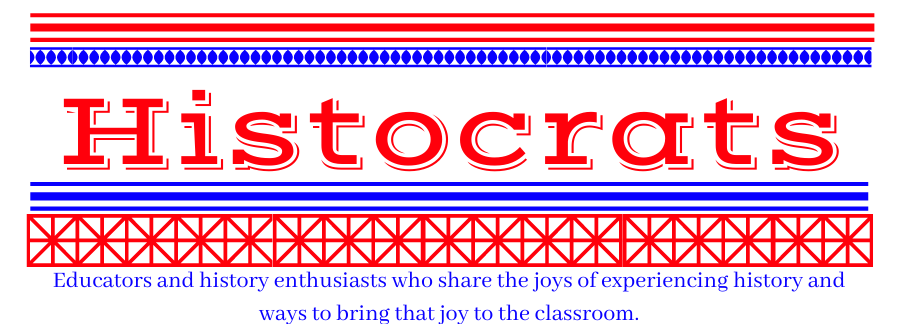At the beginning of the year, we made plans to enjoy history
more throughout the year. We shared the challenge and invited people to join us
in enjoying history more in 2015. Now that the year is coming to a close, let's look back at a few of the highlights from our enjoy history challenge.
Visit a Museum or Historic Site
Read a book
Histocrats
Play a history game
Road Trip
On the Road with the Histocrats









